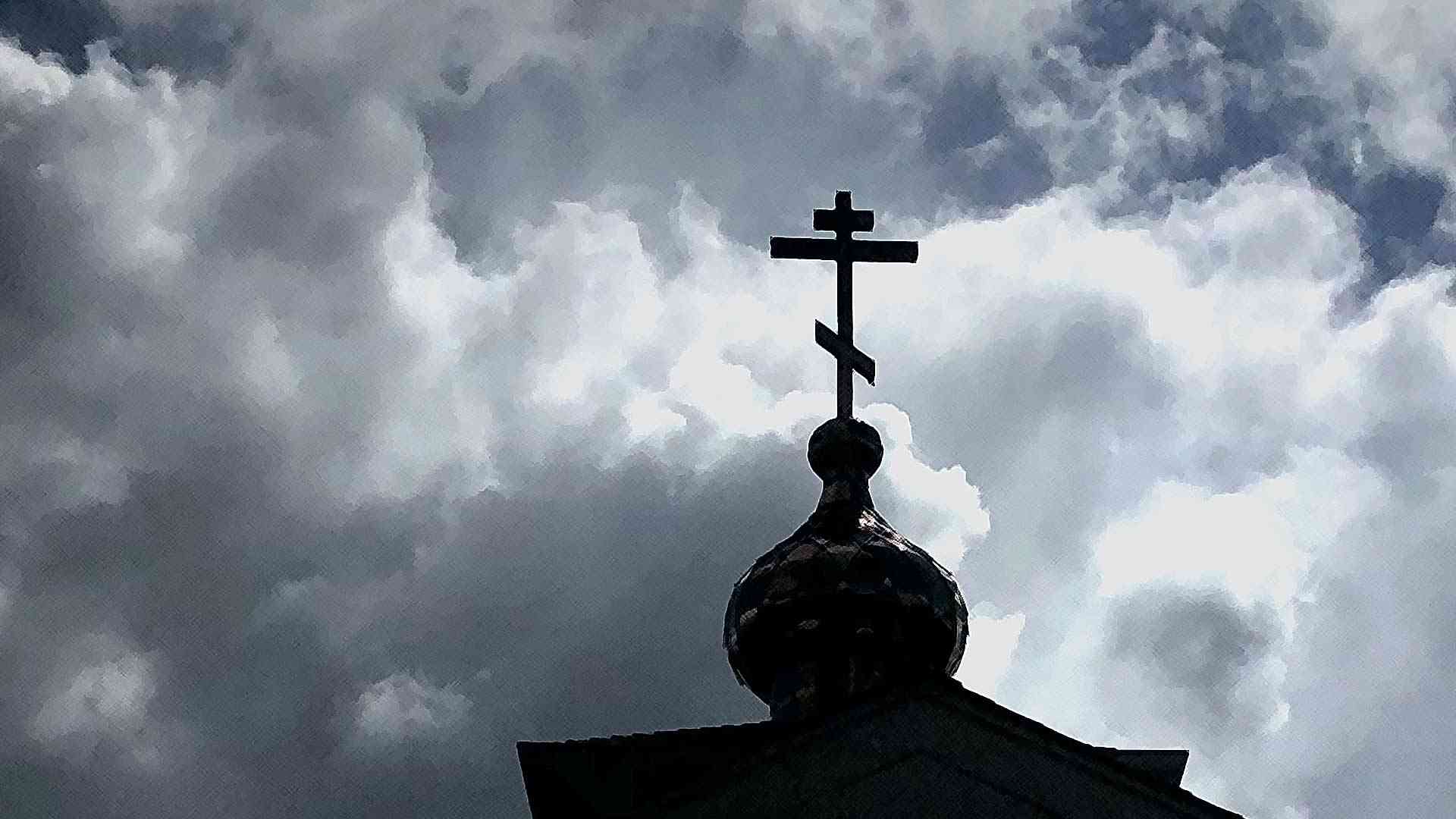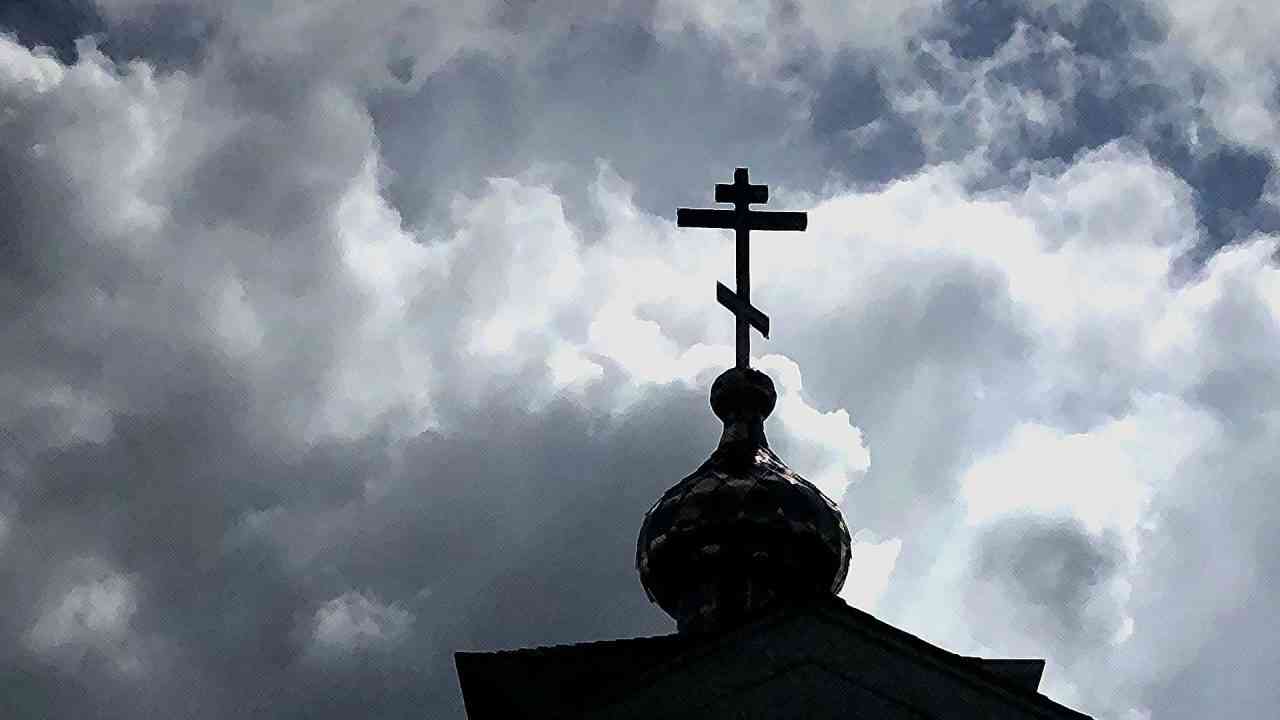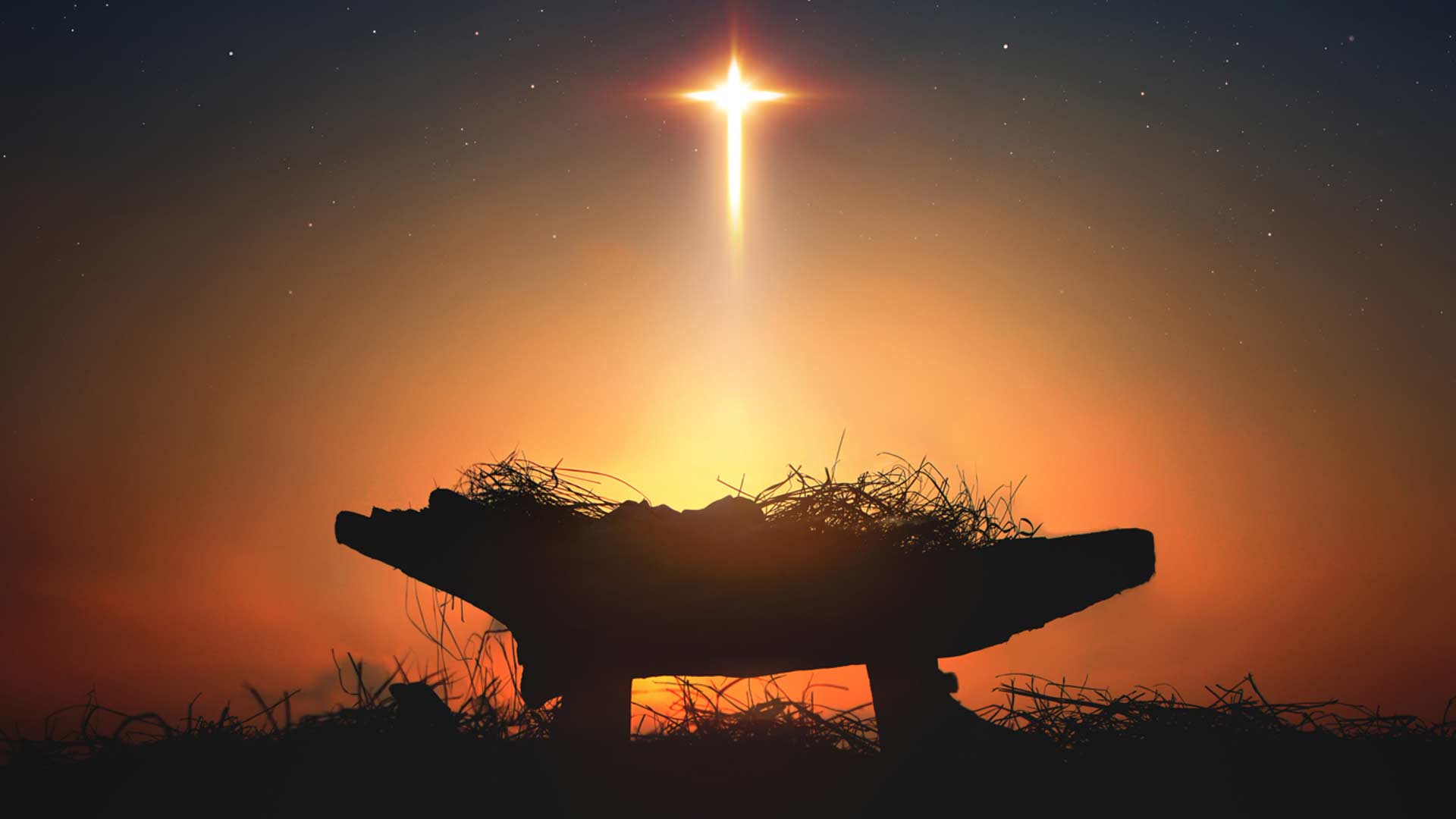
The darkest time of the day is before the sunrise. America is the sunrise for the Russian Old Believers in Alaska.
Within a few decades of the Great Schism of the 17th century, many Old Believers escaped Russia to densely wooded areas of Belorussia and northern Ukraine, southward to the Don and Kuban Rivers, northward toward the Baltic Sea and Arctic shores and beyond the boundaries of the state – to neighboring Romania, Turkey, and Poland. Others settled in southern Siberia (Altay Mountains), the Far East and Central Asia.
Through the centuries, these remote groups, not necessarily in contact with each other, and, in spite of minimal levels of modernization, acculturation, and adaptation to new climates, not only survived but also preserved and maintained their religious form of worship and their cultural ways. All of the Old Believer groups that settled east of Lake Baykal in the 17th and 18th centuries maintained contact with the Buryats, Evenks, and other neighboring ethnic groups who were engaged in hunting, reindeer breeding, fishing and raising sled dogs.
Trans–Baykalian Old Believers, whose ancestors were banished to eastern Siberia from the Chernigov Province of Ukraine and Vetka of Poland in the 18th century, moved with their families and are known, therefore, as semeyskiye (of the family) – from the Russian word semya (family). The Russian newcomers found themselves in conditions radically different from their customary life. Long winters, bitter frosts, harsh physical and social environment and a shortage of Russian women – all these necessitated urgent acculturations in line with the centuries–old experience of the aboriginal population in economic activities and in coping with the severe natural conditions.
Most Old Believers began their migration to North America between 1964–69.
Although Old Believers of the Trans–Baykal fanatically followed the patriarchal traditions of the pre-reform Russian Orthodox Church, their members, including women, were better educated than their neighbors. Many of them were kuptsy (traders), kazaks (free peasants and border guards), remeslenniki (craftsmen), or farmers.
Many Trans–Baykalian Old Believer communities moved to Manchuria (China) during the construction of the East Chinese Railroad (1897–1902) and the city of Kharbin. They subsequently gave rise to the Old Believer community of Kharbinskaya; residents are called Kharbintsy.
After the eruption of the Socialist October Revolution in 1917, Russian Old Believers faced the atheistic Soviet government. During the 1920s, in desperation, many of the Siberian Old Believers escaped over the border to China, where they once again lived in isolated and remote areas of Manchuria, in the cities of Kharbin and the Sinkiang.
As a result of the Chinese Communist Revolution of 1949, many of them were forced onto collective farms, provided a meager food allowance, and given mandatory work requirements. Many, eventually, were sent back to the Soviet Union. Finally, after 10 years, a minority of them – as families, groups, or single individuals – either escaped or received permission to leave for Hong Kong; then a territory under jurisdiction of the United Kingdom. The United Kingdom, the Red Cross, and the United World Council of Churches provided them assistance in Hong Kong while arrangements were made for emigration to other regions of the world.
Old Believers continue to congregate in prayer halls (molelnyy dom) for worship and gather at kin homesteads for marriages and other major socio–cultural events.
Later, in 1958–59, they relocated from Hong Kong to various immigrant–seeking countries under sponsorship of the Intergovernmental Committee for European Migration. In Hong Kong, they were given the choice of countries they could go to, including Australia, New Zealand, Brazil, Argentina, Paraguay, Bolivia and Uruguay. The largest groups went to Brazil and Australia.
The majority of Old Believers arrived in Brazil between 1959–61. There, the United World Council of Churches provided 6,000 acres of land at Curitiba (about 200 miles southwest of Sao Paulo) and promised to provide them with the means and assistance necessary to get started in farming their land. Life in Brazil appeared to have been difficult from the start. The soil and climatic conditions were vastly different from anything Old Believers had known in Russia and China.
After several discouraging years of attempting to adapt to a new bio–physical and socio–cultural environment, some were able to voluntarily leave for the United States and Canada, with the help of the Tolstoy Foundation in New York and the personal intervention of then U.S. Attorney General Robert F. Kennedy. Most Old Believers began their migration to North America between 1964–69.
ALASKA WATCHMAN DIRECT TO YOUR INBOX
Eventually, most of them settled in Oregon, where an existing community of Old Believers continues to prosper. The population has since increased to between 10,000 and 12,000 people within a two-county area. Today, there are 11 sobors (prayer halls) in Oregon, reflecting the community’s internal social division into three principal subgroups that migrated from their former residences – Kharbintsy from Manchuria, Sinkiangtsy from Sinkiang in China, and Turchany from Turkey.
The Turkish group left Russia about 230–240 years ago and lived in Turkey until 1963. In 1963, some of them immigrated to the United States. The three groups settled in the same area of Woodburn, Oregon in the 1960s. Although there are minor differences in dialects and customs, they share common cultural traditions, customs and beliefs.
Within Kharbintsy, Sinkiantsy and Turchany divisions, they are further subdivided on the basis of kinship groups. Although the Oregon contingent is no longer located in a cohesive village, the Old Believers continue to congregate in prayer halls (molelnyy dom) for worship and gather at kin homesteads for marriages and other major socio–cultural events. To attend any of these activities is to re–live aspects of the historical accounts of pre–revolutionary (October 1917) peasant Russia.
Part two will discuss the arrival of Old Believers in Alaska.







